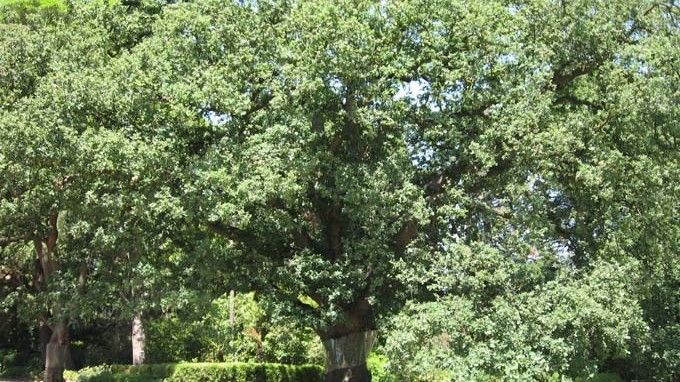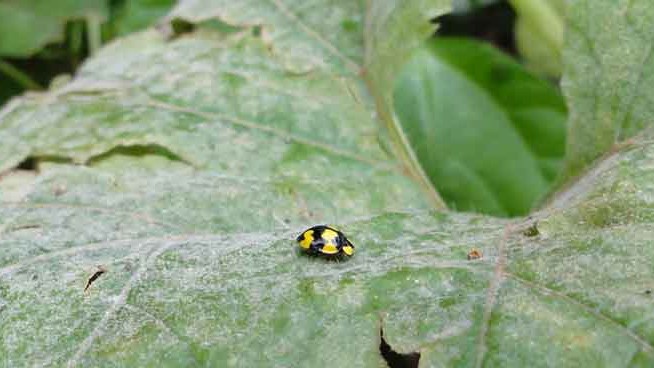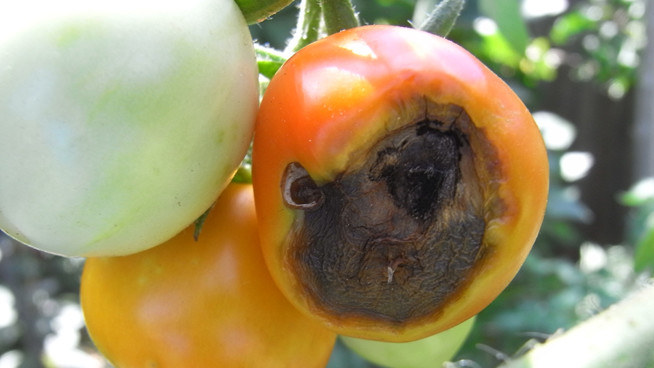Low Impact Pest Management 101 Video
Sustainable Gardening 101 Video Series PART 3: Low Impact Pest Management Gardens are the natural habitat for all types of insects – the good, the…
Staying Safe While Gardening
Gloves, socks and sometimes masks are very important in preventing disease obtained by gardening - the last thing you want, especially with the…
Sooty Mould
Hi, my name is: Sooty Mould Describe yourself: I’m definitely one of the most appropriately named pests and diseases going around...I look exactly…
Winter Washing of Fruit Trees
Although it may look like there is not much happening with your fruit trees over winter, the microscopic world of fungi is making plans,…
Virus or Variegation
A common error gardeners make is to assume that appearance of coloured areas on leaves is caused by natural variegation, fungal infection or nutrient…
Common Tree Problems and Solutions
When you take proper care of your trees, they will live long and healthy lives. Not only do trees provide a nice place to sit in the shade on a sunny…
Peach Leaf Curl
Peach leaf curl is a virulent and resistant fungal disease that appears on the leaves of fruit trees in early spring. As the fungus Taphrina…
Powdery Mildew
A warm summer evening, a little bit of moisture, a shady spot in the garden – sounds like a recipe for powdery mildew! Powdery Mildew is a warm…
Blossom End Rot
Hi, my name is: Blossom End Rot Describe yourself: Firstly, let me just say that I am not a disease, a fungus, a virus or any of that! I am a…


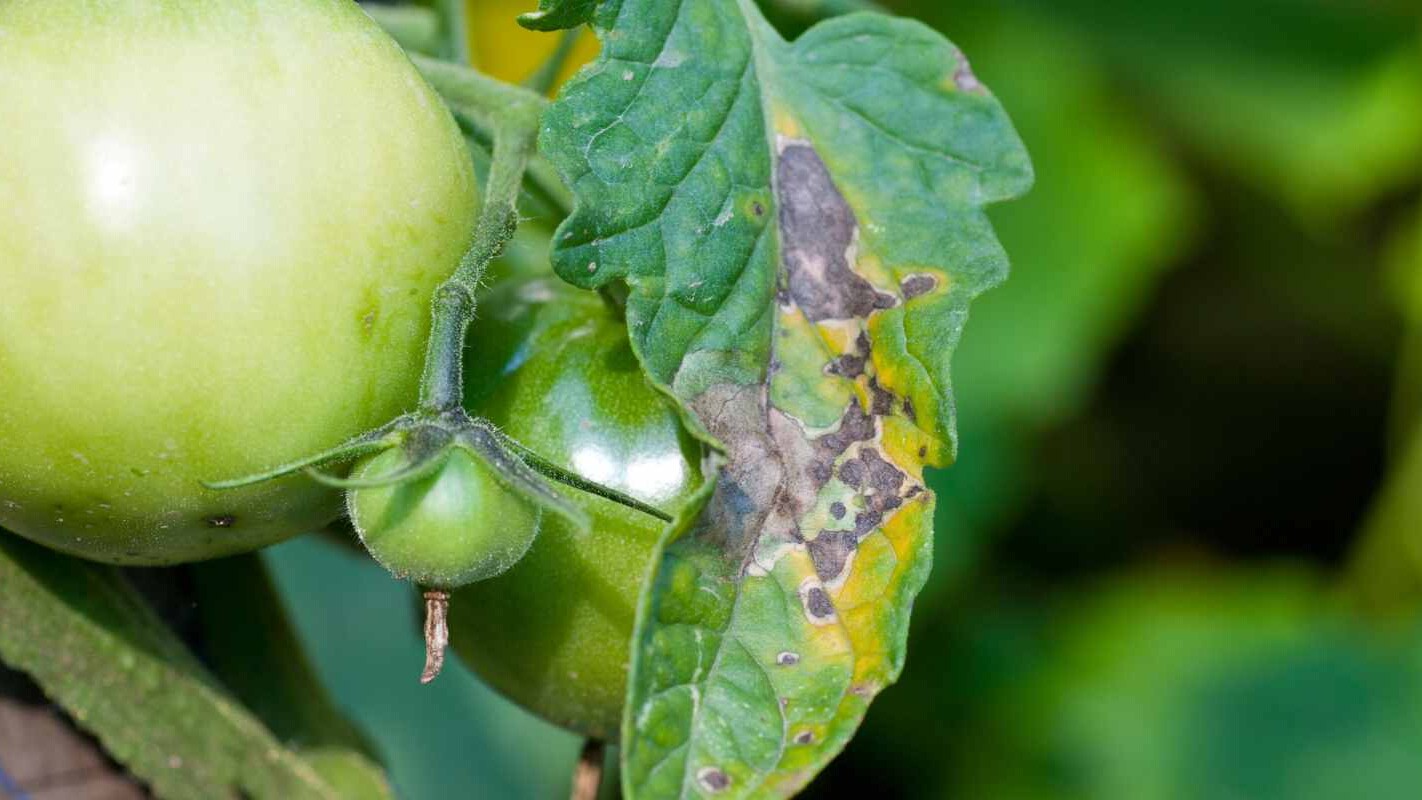

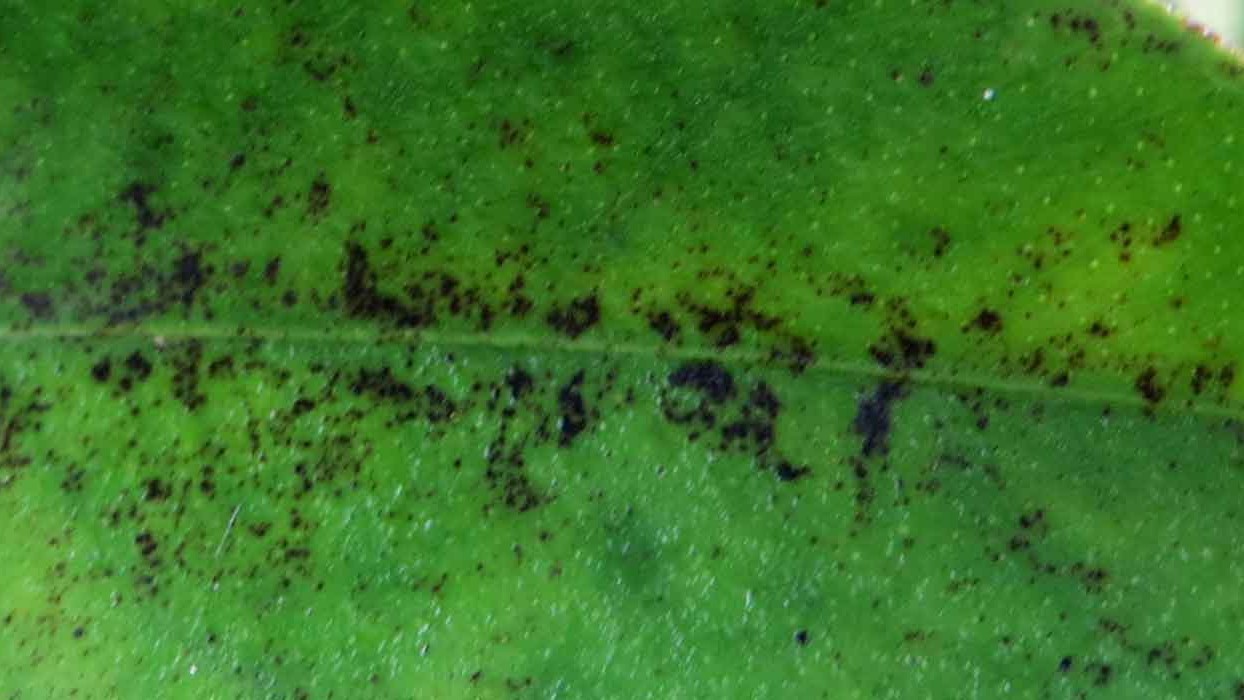

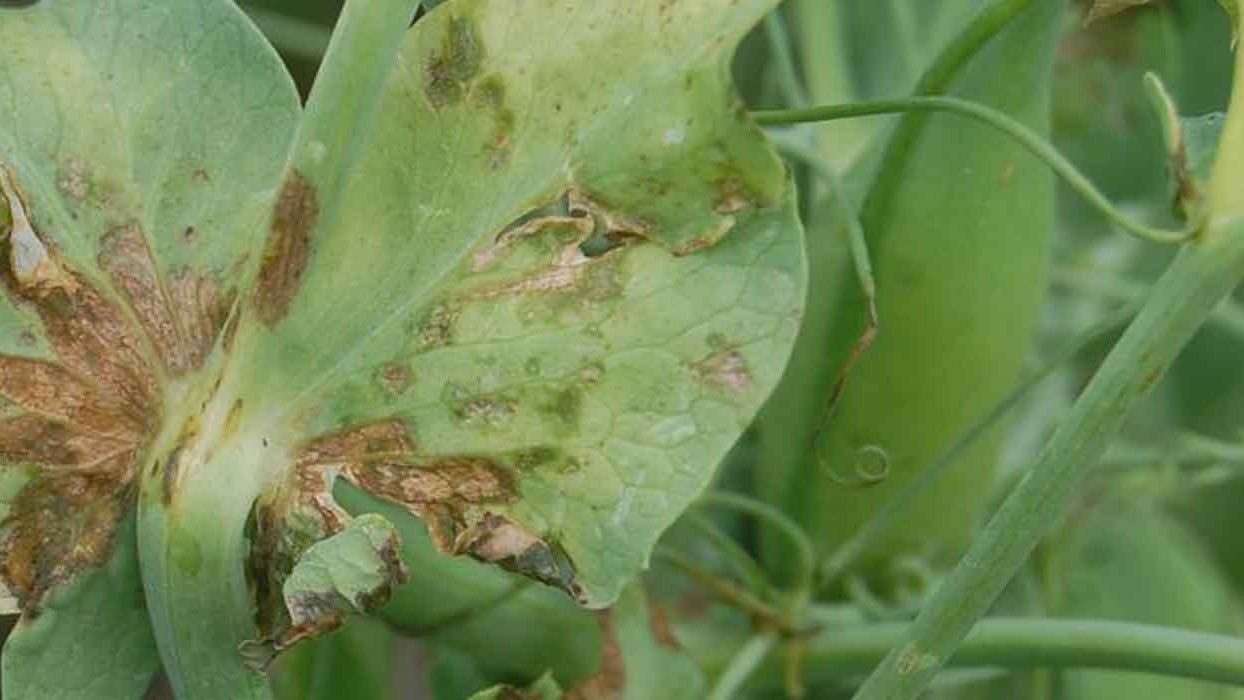
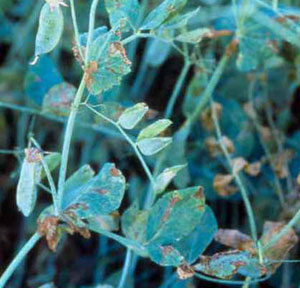 Bacterial…
Bacterial…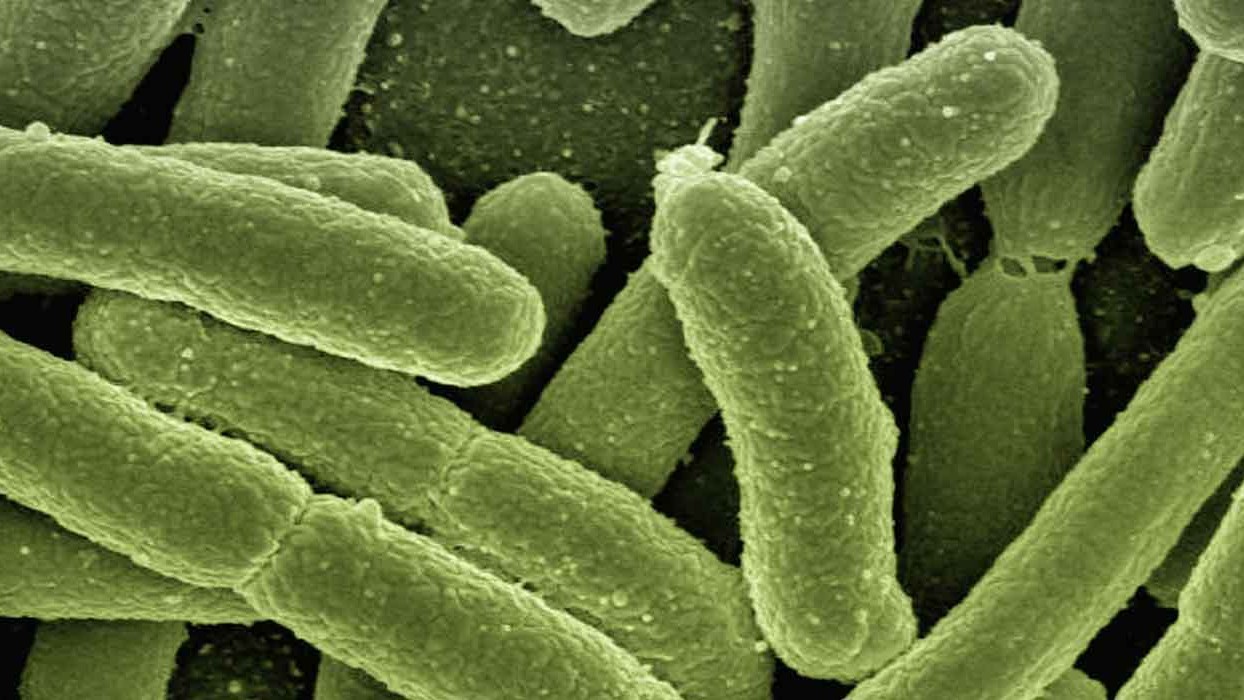
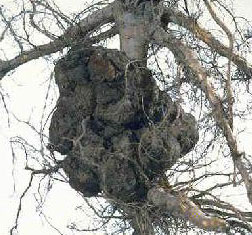 More…
More…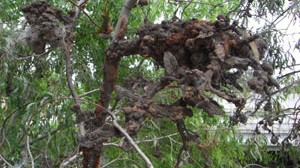
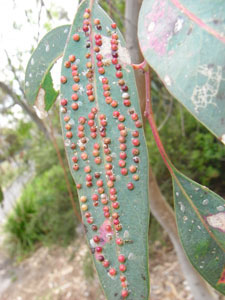
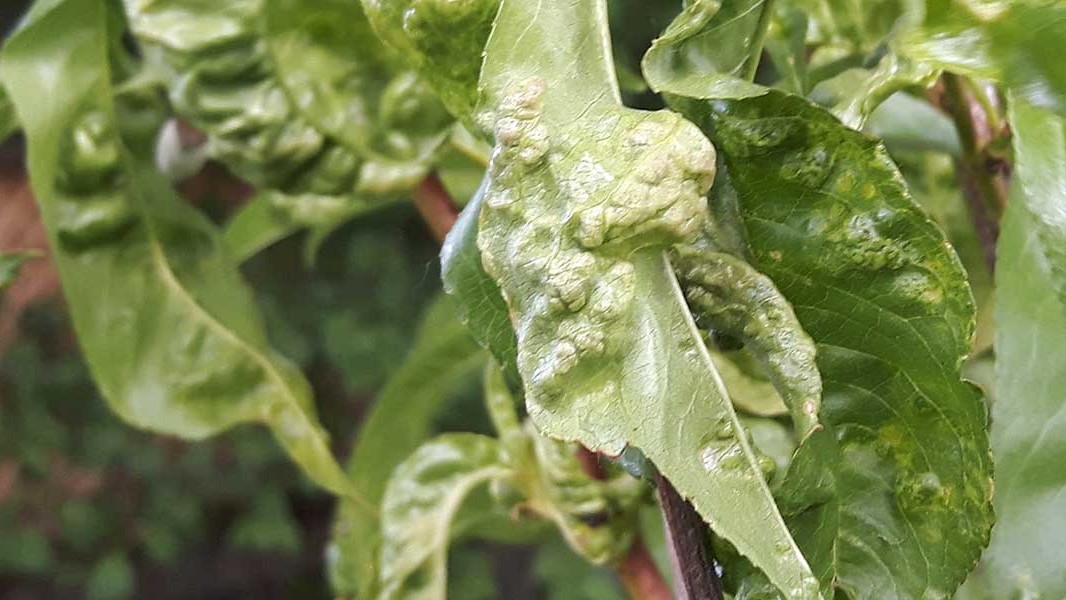
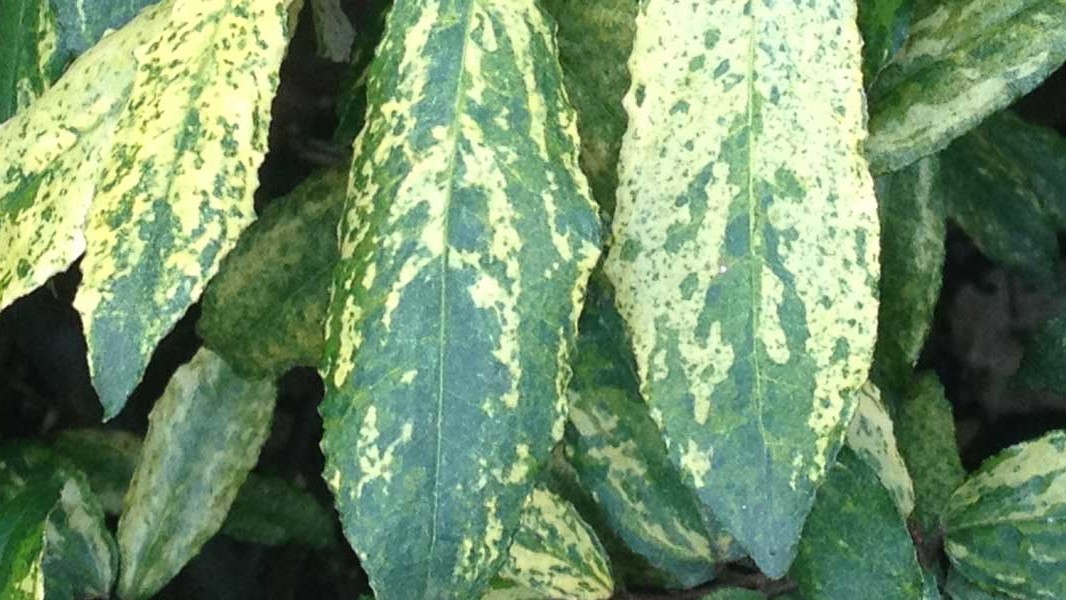
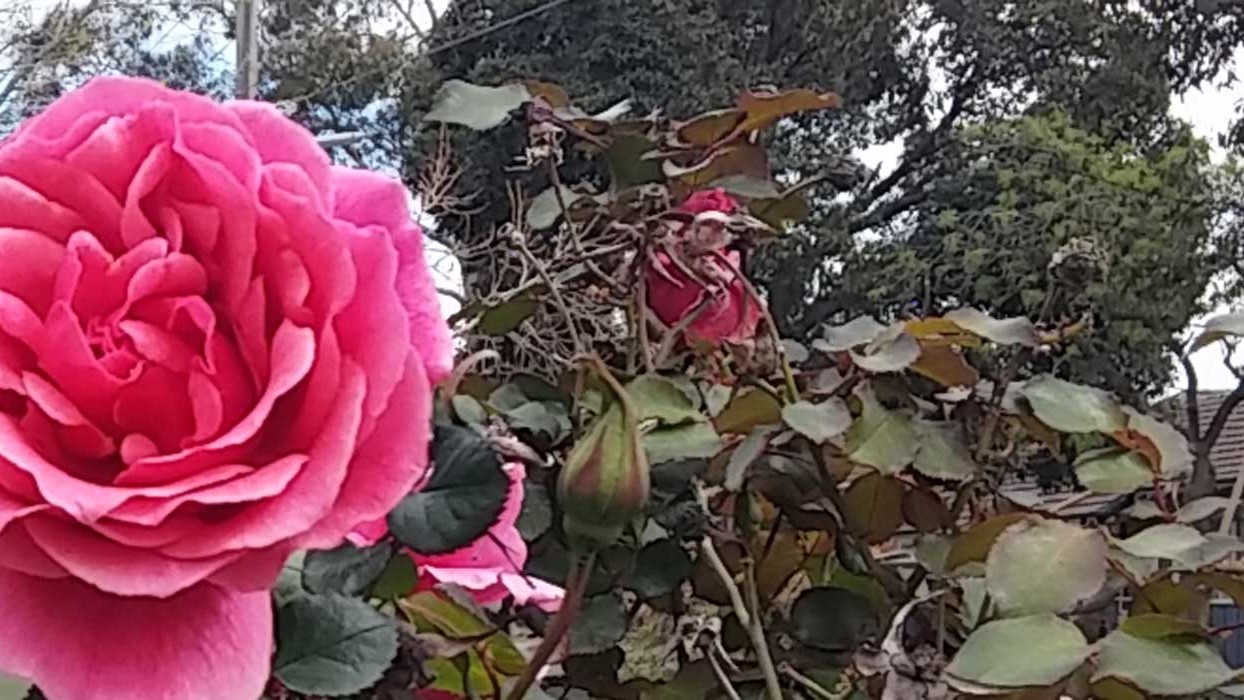
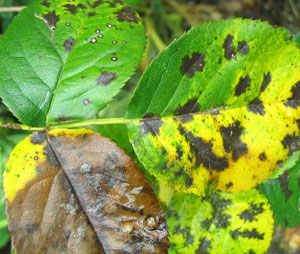 Hi, my…
Hi, my…